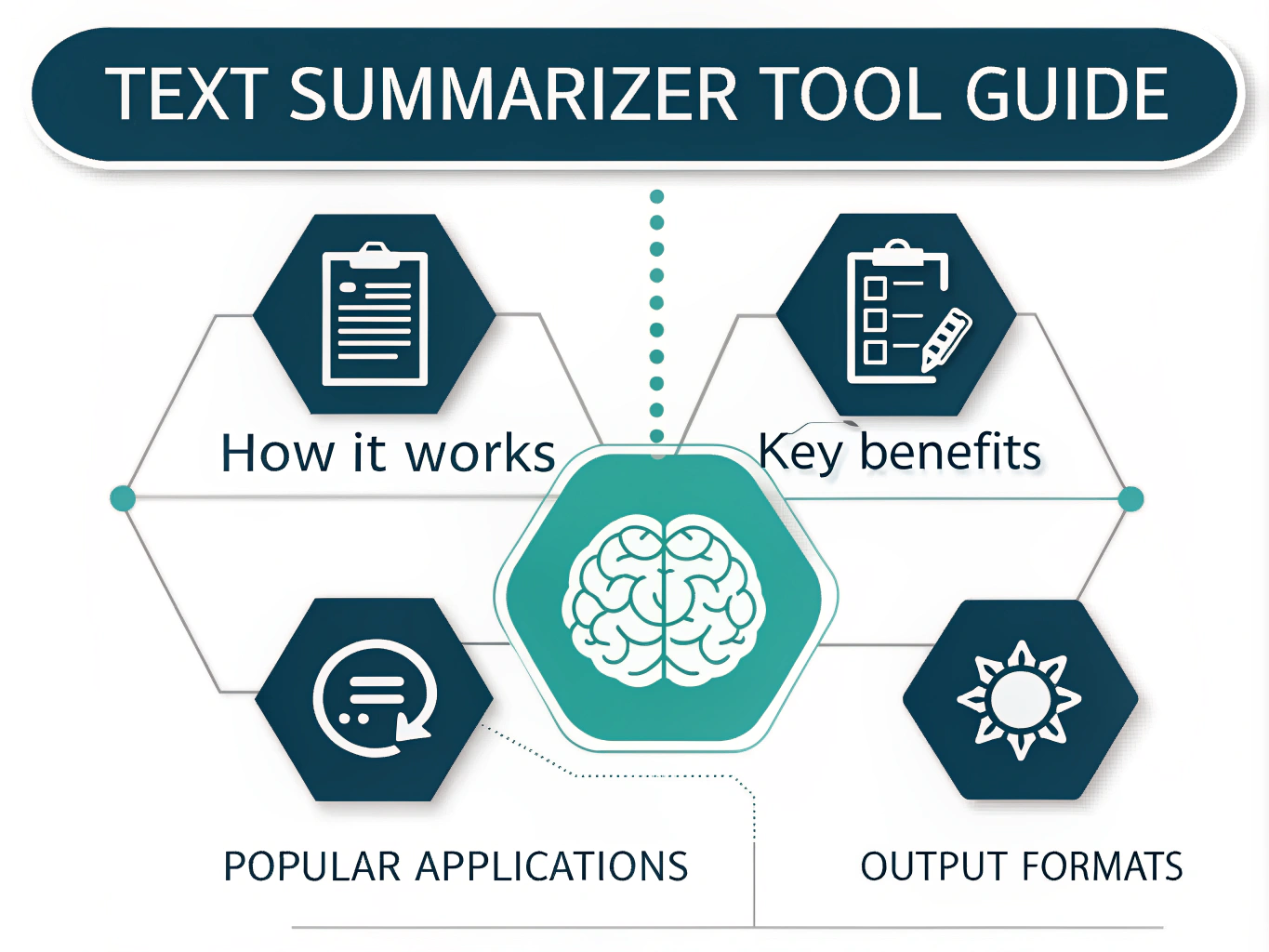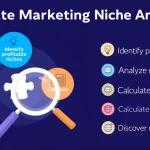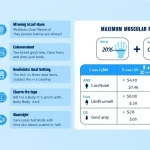Text Summarizer
Is this tool helpful?
How to Use the Text Summarizer Tool Effectively
Follow these steps to extract relevant information quickly and accurately using the Text Summarizer tool:
- Enter your question or topic: Type the specific question or subject you want to explore in the first input field. For example, “What are the health benefits of green tea?” or “Explain the causes of the French Revolution.”
- Provide context: Paste a passage, article, or any body of text related to your query into the larger text area. This text will serve as the source for extracting information.
- Choose output format (optional): Select your preferred format for the results—either a numbered list highlighting key points or a text summary that flows narratively. If you leave this blank, the tool will decide the best format.
- Submit your request: Click the button to start the extraction process based on your inputs.
- Review and use the extracted information: The summarized content will appear below the form. You can read it directly or copy it for your studies, research, or work.
Sample Input 1:
- Query: What are common symptoms of vitamin D deficiency?
- Context: Vitamin D deficiency can lead to several health issues. Symptoms often include bone pain, muscle weakness, fatigue, and mood changes like depression. In severe cases, it may cause bone deformities in children and osteoporosis in adults. Risk factors include limited sun exposure, certain medical conditions, and poor diet. Early detection and supplementation are crucial for preventing complications.
- Output Format: numbered list
Sample Input 2:
- Query: How does photosynthesis contribute to the Earth’s ecosystem?
- Context: Photosynthesis is the process by which plants convert sunlight, water, and carbon dioxide into oxygen and glucose. This mechanism supports life on Earth by producing oxygen vital for respiration. It also removes carbon dioxide from the atmosphere, helping regulate global climate. Photosynthesis forms the base of the food chain, sustaining herbivores and, indirectly, carnivores. This process also influences soil fertility and water cycles.
- Output Format: text summary
Introduction to the Text Summarizer Tool
The Text Summarizer tool helps you quickly extract essential information from lengthy text based on a specific question or topic. By focusing on your query and relevant context, it delivers concise, clear summaries or organized lists that save you time and effort when digesting large amounts of information.
Purpose and Benefits
This tool aims to simplify the way you gather and understand information by pinpointing the most important points within a given text. It improves your ability to process complex materials, whether for academic research, professional work, or personal learning.
- Save time: Skip reading entire texts by getting quick, focused summaries.
- Enhance understanding: Receive clear, relevant information aligned with your query.
- Increase productivity: Process and analyze information more efficiently.
- Customize output: Choose between a numbered list or a narrative summary to suit your needs.
- Adaptable usage: Works well across scientific, historical, business, or casual content.
Practical Usage of the Text Summarizer Tool
The Text Summarizer helps you handle a range of tasks where concise information extraction is key:
1. Streamlining Research and Study
Input a focused academic question and paste your source materials. The tool will extract core insights, enabling you to review multiple documents quickly and prepare notes or reports.
2. Enhancing Professional Decision-Making
Use the tool to summarize business reports, technical documentation, or market analyses, giving you fast access to the most relevant data points needed for meetings or strategy planning.
3. Supporting Content Creation and Curation
Content creators can extract key messages from various sources to produce accurate, well-informed articles, presentations, or social media posts.
4. Overcoming Language and Complexity Barriers
The tool simplifies technical or dense texts into clear summaries, making complex information accessible for learners, non-native speakers, or early professionals entering a new subject area.
Example Usage Scenarios
Scenario 1: Environmental Impact Study
Query: What are the primary causes of urban air pollution?
Context: Urban air pollution mainly arises from vehicle emissions, industrial activity, construction dust, and the burning of fossil fuels. Traffic congestion contributes significantly to nitrogen oxide and particulate matter levels. Industrial plants often release sulfur dioxide and volatile organic compounds. Poor urban planning can exacerbate air quality issues by limiting airflow. Seasonal temperature inversions trap pollutants close to the ground, worsening conditions. Public awareness and policy measures are essential for managing pollution effectively.
Scenario 2: Technology Trends Analysis
Query: What factors are accelerating the adoption of electric vehicles?
Context: The rise in electric vehicle adoption is driven by government incentives, environmental regulations, improvements in battery technology, and growing consumer awareness. Advancements in charging infrastructure reduce range anxiety. Cost reductions in production make electric vehicles more affordable. Increased environmental concerns about fossil fuels motivate shifts toward cleaner transportation. Automakers are investing heavily in electric vehicle lines, signaling a long-term industry commitment.
Important Disclaimer
The calculations, results, and content provided by our tools are not guaranteed to be accurate, complete, or reliable. Users are responsible for verifying and interpreting the results. Our content and tools may contain errors, biases, or inconsistencies. Do not enter personal data, sensitive information, or personally identifiable information in our web forms or tools. Such data entry violates our terms of service and may result in unauthorized disclosure to third parties. We reserve the right to save inputs and outputs from our tools for the purposes of error debugging, bias identification, and performance improvement. External companies providing AI models used in our tools may also save and process data in accordance with their own policies. By using our tools, you consent to this data collection and processing. We reserve the right to limit the usage of our tools based on current usability factors.







